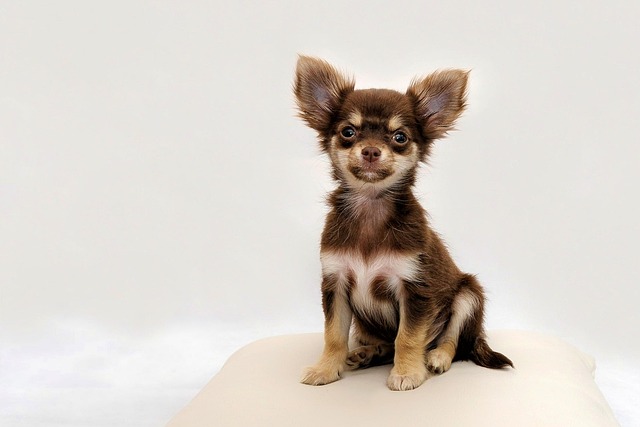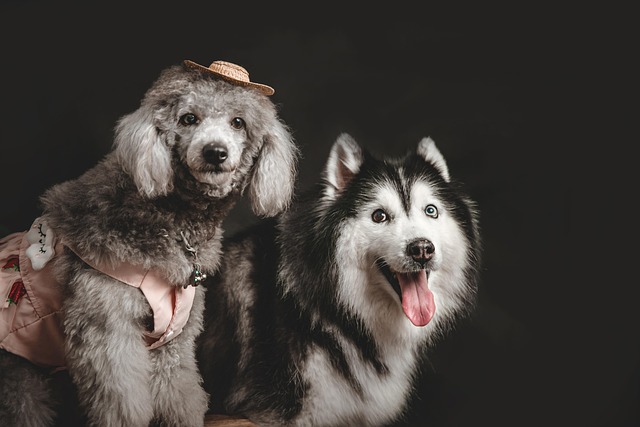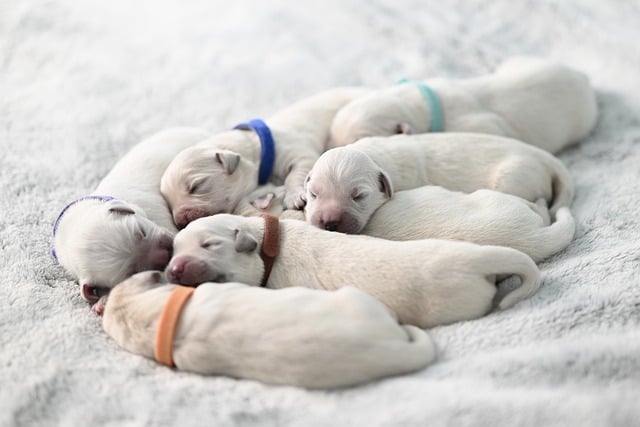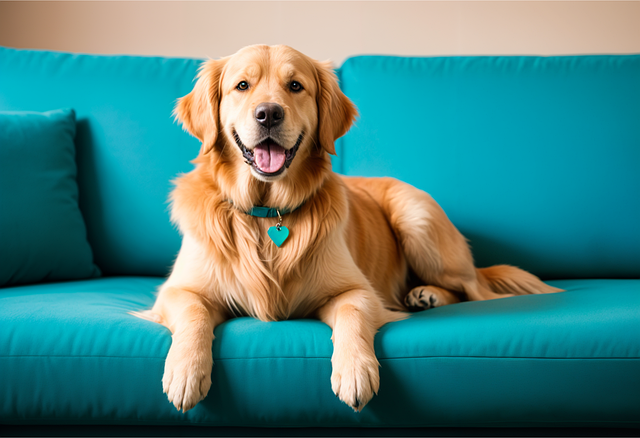I’ll open with a scenario every new U.S. dog parent of a large breed faces: You’re in a Dallas pet store, staring at a wall of large dog crates—42-inch, 48-inch, metal, plastic—while your 5-month-old Golden Retriever puppy chews your shoe, oblivious to your panic. You wonder: How do I choose the right large dog crate? If I pick too small, he’ll outgrow it; too big, will he use one corner as a bathroom? This confusion is universal, but the answer lies in matching the crate to your dog’s size, needs, and your daily life—not just grabbing the first “large” option.
The science starts with canine comfort and safety. Large dogs (Labs, Great Danes, Huskies) need space to stand, turn, and lie down fully—crates that are too small force them into hunched positions, straining joints and spiking cortisol (the stress hormone). My Austin vet, who works with giant breeds, explains: “A crate should be a den, not a cage. If your dog can’t stretch their legs, they’ll associate it with stress, not safety.” Their natural denning instinct (seeking cozy, enclosed spaces) only kicks in if the crate fits—too big feels exposed, too small feels restrictive. Unlike punishment (never acceptable in U.S. animal welfare), a well-chosen crate uses positive reinforcement: pairing it with treats turns it into a space your dog chooses.
Let’s break down the step-by-step process with real stories. First, measure your dog correctly: For adult size, measure their shoulder height (from floor to top of shoulders) and body length (from nose to base of tail). Add 2–4 inches to both for comfort—my Denver neighbor’s Great Dane needed a 48-inch crate (she’s 32 inches tall, 44 inches long) to avoid cramping. For puppies, buy a crate that fits their adult size and use a divider (included with most metal crates) to shrink the space—this prevents potty accidents (puppies avoid soiling their sleeping area) and lets you expand as they grow. Second, pick the right material: Metal crates are great for apartments (ventilated, easy to clean) but avoid sharp edges (cover with rubber caps—my LA friend’s Lab scratched his paw on an untrimmed metal bar). Plastic crates work for travel (IATA-approved for flights) but need enough vents—my Chicago roommate’s Husky overheated in a poorly ventilated plastic crate once. Third, check for safety features: Look for secure latches (puppies chew weak ones!) and a removable waterproof tray (critical for accidents—my Golden Retriever’s crate tray saves my carpet weekly).

This ties directly to U.S. pet rules and life. First, responsible crate choice aligns with compliance: Keep your dog’s rabies vaccine records near the crate (apartments demand proof, and it’s required by state law) and carry poop bags on walks (fines hit $300 in NYC)—a crate-trained dog has more predictable potty habits. For apartments, check HOA rules: Many ban wire crates on balconies, so opt for a foldable metal one for storage (my NYC friend’s 42-inch crate folds flat under her bed). Community etiquette matters too: A crate-trained large dog is calmer on walks—no pulling, since they associate “calm” with safety. Never use the crate as punishment; if your dog has an accident, clean it with pet-safe cleaner and reward them for going outside—scolding erodes trust.
Watch for cues your crate works: Your dog voluntary enters for naps, or wags their tail when you open the door. Choosing the right large dog crate isn’t about size alone—it’s about making it a part of your dog’s happy routine. That’s the comfort every new large-breed owner needs.






